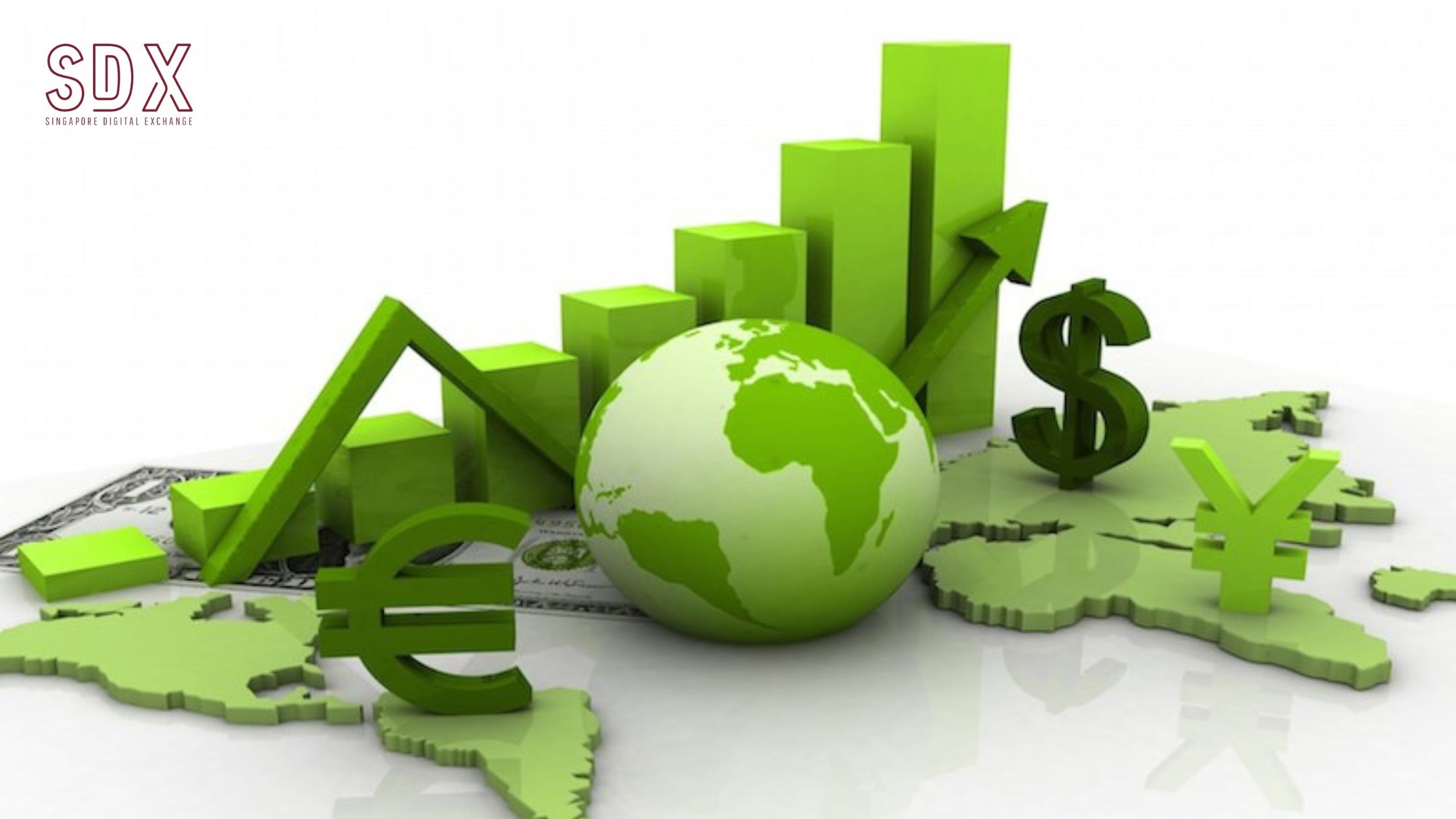At first, what it means for a bank “to go green” may not be immediately clear. Banks do not operate factories or power plants that release pollutants into the air, nor do their supply chains require large amounts of materials that have large environmental footprints. In fact, the sum of a bank’s impact might seem to be simply their offices, retail branch locations, and some IT facilities. In the United States, we’ve heard the joke that “dollars are already green” and a bank environmental program requires only a few recycling bins, customer paperless billing, and a bike rack in front of the office tower. In fact, environmental sustainability for banks is a core business issue – one that can affect facilities management, lending decisions, underwriting criteria, government relations, and brand management.
Greenhouse Gas Monitoring and Reduction
This goal is accomplished through aggressive energy saving and green building efforts in Citi’s offices, branches, and IT infrastructure and is resulting in significant cost savings. For example, Citi is saving over US $1 million per year in power and cooling from server efficiency programs in North America alone. Savings from other green IT efforts, the bank’s 170 certified green buildings, employee energy training, and other initiatives are saving Citi many millions more. Here in Indonesia, where energy intensity per unit of GDP is over 1.8x that of other regions, it is worth considering the savings realized from a similar focus on efficiency. BNI seems to be hearing this call; the bank is monitoring the resources used at its head office (for reference, the 275,298 kwh which the BNI head office consumed last year has about the same GHG footprint as a railcar of coal) and has begun a fairly extensive campaign engaging its employees to save energy and money.
Financing Climate Adaptation and Mitigation
Citi has committed to investing US $50 billion in climate change solutions. This initiative, which is common at other major banks and financial services providers including HSBC and Mitsubishi, means that Citi is making a conscious effort to direct its products toward promoting a more sustainable future by investing in renewable energy, green buildings, carbon abatement, sustainable agribusiness, and other environmentally preferable areas.
Environmental Risk Management Criteria
As the underwriters of projects and organizations across industries and geographies, financial services providers have a distinct need to understand how changing environmental conditions and expectations will affect their investments. Toward this end, Citi developed an Environmental and Social Risk Management Policy in 2003 and has provided training to over 3,600 of its employees on managing such risks. The bank was instrumental in the creation of the Equator Principles, the globally referenced credit risk management framework for determining, assessing, and managing environmental and social risk in project finance transactions. Citi also participates in a number of other environmental underwriting risk management protocols and stakeholder engagement programs including the Carbon Principles and Clinton Climate Initiative. So how exactly do ESRM criteria affect lending? Take the example of a palm oil plantation operator who came to Citi for a loan; under the bank’s environmental risk management policies. Citi worked with the operator to review its forestry concessions, develop a 3-5 year pathway to joining the Roundtable on Sustainable Palm Oil (RSPO) and work toward certification, and implement an environmental practice monitoring system at its plantations.


